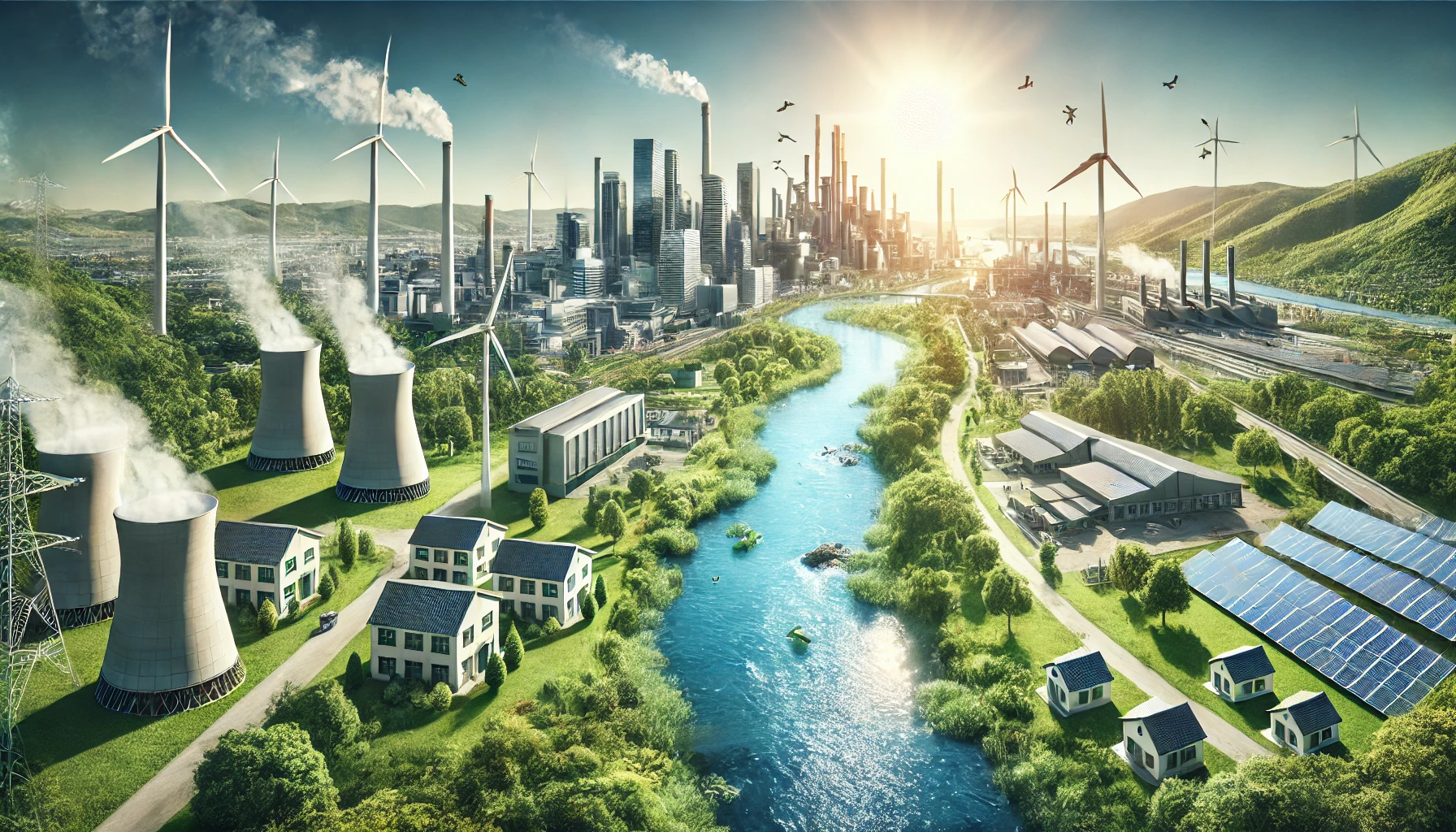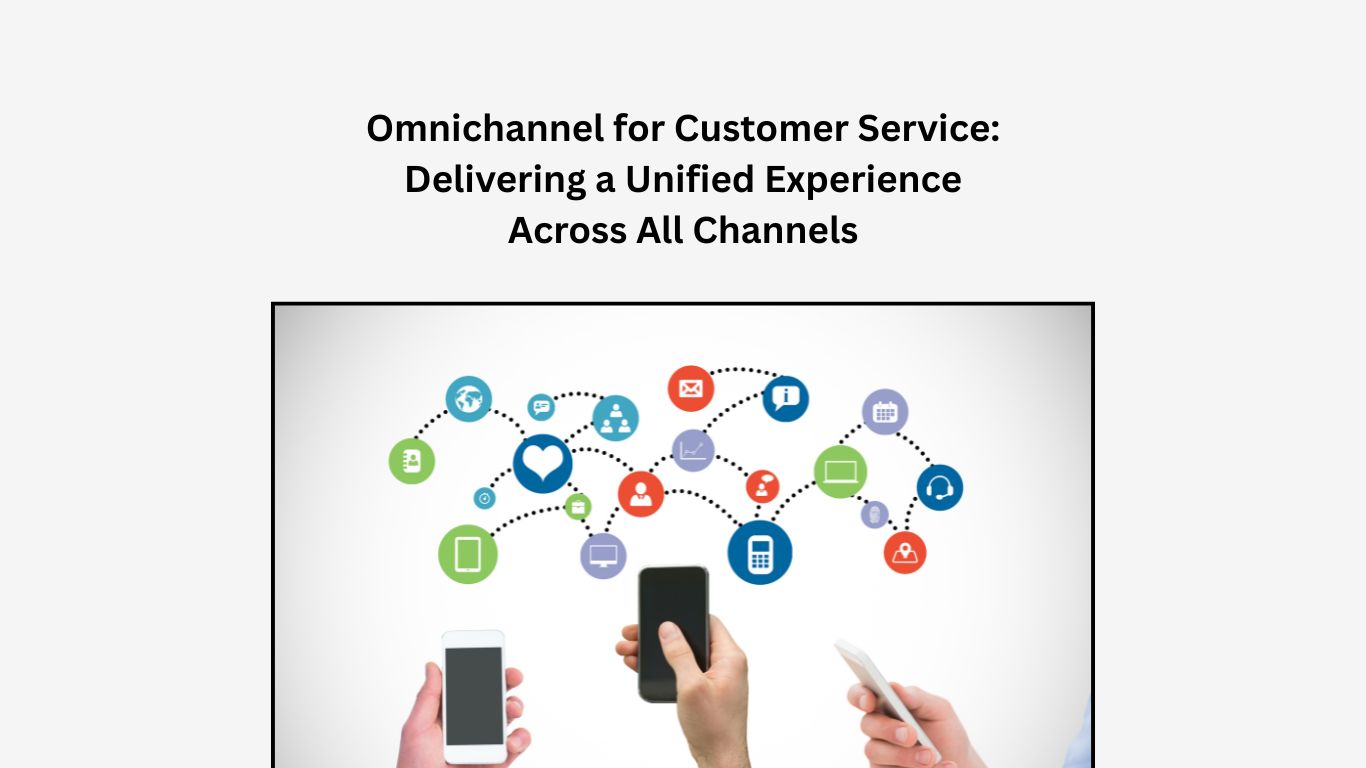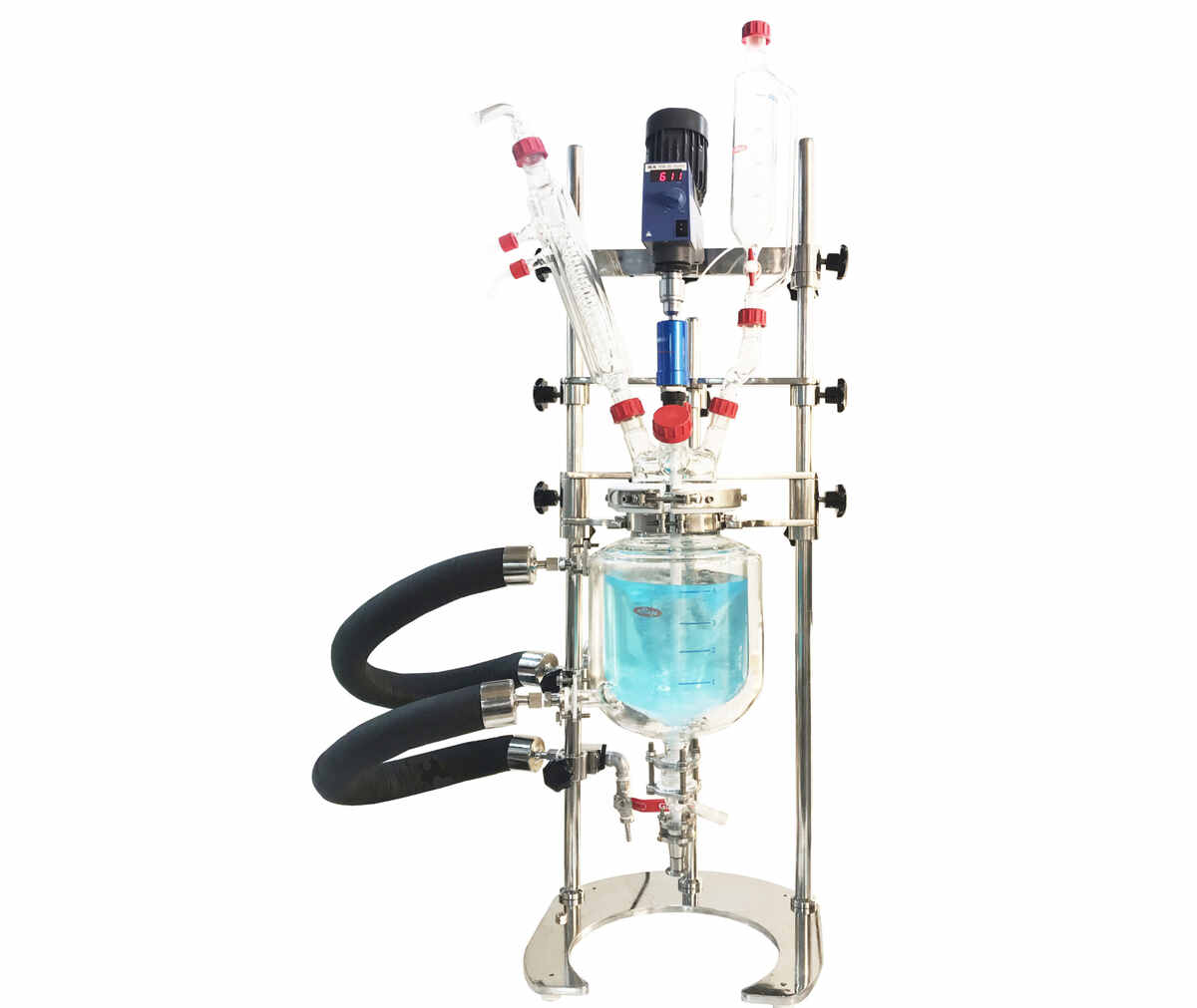If you’re working in the energy and utilities industry, chances are you already understand that being environmentally responsible isn’t just a good idea—it’s expected. From stricter government regulations to customers demanding greener practices, the pressure to reduce environmental impact is real. And while going green can sound daunting, one of the most straightforward ways to do it is through ISO 14001 certification.
But what exactly does that entail? How does ISO 14001 help energy and utility companies? And is it really worth the effort? Let’s break it down.
What’s ISO 14001?
In the simplest terms, ISO 14001 Certification is an international standard for environmental management systems (EMS). It helps businesses—like those in energy and utilities—take a structured approach to reducing their environmental impact. You can think of it as a guidebook for running your operations in a way that’s sustainable and compliant with environmental regulations.
Getting certified under ISO 14001 certification shows that your organization is committed to minimizing pollution, conserving resources, and continually improving its environmental performance. It’s not just about ticking boxes; it’s about taking real, actionable steps toward sustainability.
Why Should Energy and Utilities Companies Care About ISO 14001?
If you’re in the energy sector, you know there are constant demands on your operations to be more efficient and eco-friendly. With ISO 14001, you can:
1. Stay Ahead of Regulations
The rules around environmental responsibility in energy and utilities are tight and always changing. With ISO 14001 certification, you’ve already built a system that ensures compliance with local and international environmental laws. So, whether it’s emissions limits, waste management, or water usage, you’ll already be aligned with what regulators expect—saving you the hassle of constantly playing catch-up.
Think of it like building a strong foundation for your business—you’re not reacting to regulatory changes; you’re prepared.
2. Reduce Your Environmental Impact (And Save Money)
The energy sector can have a significant environmental footprint, but ISO 14001 gives you the tools to minimize that impact. From reducing waste to cutting down energy consumption, the standard encourages businesses to operate more sustainably. But here’s the kicker—this often leads to cost savings. Reducing energy use, minimizing waste, and streamlining processes can significantly lower your operational costs.
Who doesn’t want to save money while doing something good for the planet?
3. Boost Your Reputation
Consumers and clients are increasingly looking at companies’ environmental practices before making decisions. If you’re certified under ISO 14001 certification, you’re signaling that you take your environmental responsibilities seriously. This certification can make your company more attractive to potential customers, business partners, and investors who prioritize sustainability.
When it comes to energy and utilities, reputation is key—ISO 14001 certification can give you the competitive edge you need.
4. Enhance Operational Efficiency
ISO 14001 certification isn’t just about being green; it’s about being smart. The certification helps you streamline operations, reduce waste, and make better use of your resources. By improving your environmental performance, you often end up improving your overall business performance. After all, a more efficient operation is a more profitable one.
So, if you’re looking to streamline your processes and eliminate inefficiencies, ISO 14001 certification is a fantastic tool.
How to Get ISO 14001 certification: A Step-by-Step Guide
Okay, now that you’re sold on the idea, how do you actually get certified? Here’s a simplified roadmap:
1. Start with an Assessment
Before you dive in, you need to take stock of your current environmental practices. What are you doing well? Where could you improve? Are you meeting the relevant environmental regulations? This assessment is a critical first step to understand where you stand and what areas need more work.
2. Create an Environmental Management System (EMS)
Next, you need to design and implement an EMS. This system will help you manage all the environmental risks and opportunities in your business. From waste management to energy use, your EMS needs to cover all the bases. And here’s the key: the EMS should be specific to your business—don’t try to copy-paste from another company. It needs to work for your operations, your employees, and your environmental goals.
3. Get Everyone on Board
ISO 14001 certification isn’t something that happens in a vacuum. Your entire organization, from the top down, needs to buy into the plan. That means leadership needs to set the tone, but everyone from your engineers to your field workers must understand their role in reducing environmental impact. Training and engagement are essential here.
4. Monitor and Measure Your Efforts
You can’t improve what you don’t measure. Once your EMS is in place, you’ll need to keep track of your performance. Regular audits and reviews will help you spot areas for improvement and ensure that you’re staying on track with your goals. This is where the continual improvement part comes in—ISO 14001 isn’t a one-and-done deal.
5. Third-Party Audit and Certification
After your EMS is running smoothly, it’s time to bring in a third-party certification body to assess your efforts. They’ll review your processes, confirm that you meet the ISO 14001 certification standards, and, if everything checks out, issue your certification.
6. Keep Improving
The journey doesn’t stop after you get certified. ISO 14001 is built around continual improvement. That means you’ll need to regularly review and improve your EMS to ensure you’re always progressing and adapting to new challenges.
Common Misconceptions about ISO 14001
You might have heard a few things that aren’t entirely true about ISO 14001. Let’s clear up a few myths.
ISO 14001 is Only for Big Companies
Not true! ISO 14001 can be implemented by companies of all sizes. Whether you’re a small utility provider or a massive energy producer, this standard is flexible and scalable to fit your needs.
ISO 14001 is Just a Green washing Tool
Some might argue that ISO 14001 is just a way for companies to look good without making real changes. But that’s far from the truth. The certification involves real, measurable improvements to environmental practices. If you’re not actually reducing your impact, you won’t get certified.
ISO 14001 Certification is a One-Time Thing
Not exactly. The idea of ISO 14001 is continual improvement. Once certified, you need to keep monitoring, auditing, and refining your practices to stay compliant and improve over time.
Conclusion: Is ISO 14001 Worth It for Your Company?
If you’re in the energy or utilities sector and you’re looking to improve your environmental impact, stay ahead of regulations, and operate more efficiently, ISO 14001 is more than worth it. It’s a practical, results-oriented approach to environmental management that doesn’t just help the planet—it helps your business, too.
So, are you ready to make a real, measurable difference in how your company handles its environmental responsibilities? ISO 14001 could be just the step you need to take.
Frequently Asked Questions (FAQ)
1. What is ISO 14001 certification?
ISO 14001 is an international standard that provides a framework for developing and implementing an environmental management system (EMS) to reduce environmental impact and ensure compliance with environmental regulations.
2. How long does it take to get ISO 14001 certification?
The timeline depends on the size and complexity of your organization, but most companies can expect the process to take several months to a year.
3. Is ISO 14001 certification expensive?
While the cost varies, the investment typically pays off by reducing operational costs and mitigating environmental risks, which can lead to savings in the long run.
4. Can ISO 14001 help reduce environmental risks?
Yes! By identifying potential environmental risks and setting up systems to manage them, ISO 14001 helps reduce your organization’s exposure to risks like pollution, resource shortages, and legal penalties.
5. Do I have to be certified to follow ISO 14001 guidelines?
No, you don’t need to be certified to follow the guidelines. However, certification offers a clear, recognized way to prove to stakeholders that your company is committed to responsible environmental management.











